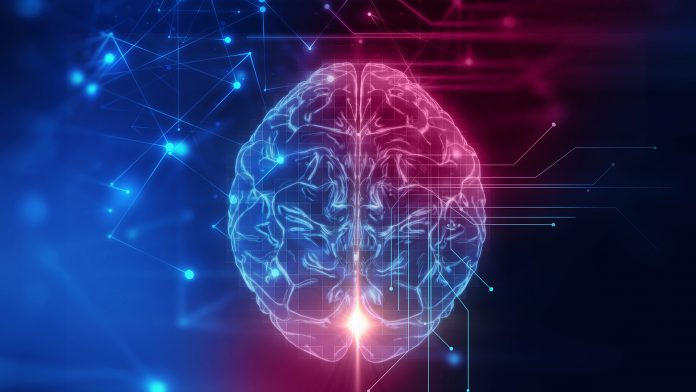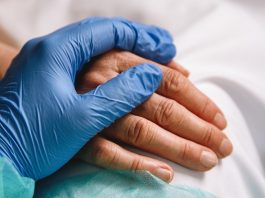Researchers at Boston University (BU) have used computer simulations of the brain to predict language recovery in stroke survivors.
The research group is currently working to better comprehend how language and speech are processed in the brain and how best to rehabilitate and aid language recovery in people who have lost their ability to communicate as a result of brain damage caused by brain injuries such a stroke, or trauma.
This type of language loss is called aphasia, which is a long-term neurological disorder triggered by injury to the part of the brain accountable for language production and processing. This disorder affects over a million people in the US alone.
“It’s a huge problem,” said Swathi Kiran, director of BU’s Aphasia Research Lab, and College of Health and Rehabilitation Sciences. “It’s something our lab is working to tackle at multiple levels.”
Over the last decade, Kiran’s team have been observing the brain and analysing how it changes as people’s language skills improve with speech therapy. They have now established a novel technique to predict a person’s capacity to improve before starting therapy.
The researcher’s findings have been reported in Scientific Reports and outline how BU scientists along with collaborators at the University of Texas at Austin have been able to predict language recovery in Hispanic patients who speak both English and Spanish fluently – a group of aphasia patients particularly at risk of long-term language loss – by utilising advanced computer models of the brain. They say that this groundbreaking development could have transformative impacts in the field of speech therapy and for stroke survivors impacted by aphasia.
“This (paper) uses computational modelling to predict rehabilitation outcomes in a population of neurological disorders that are really underserved,” Kiran explained.
In the US, Hispanic stroke survivors are almost two times less likely to be insured than all other racial or ethnic groups, Kiran said, and as a result, they encounter greater obstacles when accessing language rehabilitation. As well as this, speech therapy is often only available in one language, even though patients may speak multiple languages at home, making it difficult for clinicians to prioritise which language a patient should receive therapy in.
“This work started with the question, ‘If someone had a stroke in this country and (the patient) speaks two languages, which language should they receive therapy in?'” posed Kiran. “Are they more likely to improve if they receive therapy in English? Or in Spanish?”
This innovate method focuses on resolving this question by employing advanced neural network models that simulate the brain of a bilingual person that is language impaired, and their brain’s response to therapy in English and Spanish.
The group’s model can detect the most favourable language to tackle during treatment and predict the result after therapy to estimate how well a person will recover their language skills. They discovered that the models forecast the treatment effects precisely in the treated language, indicating that these computational tools could guide healthcare providers to prescribe the best possible rehabilitation plan.
“There is more recognition with the pandemic that people from different populations – whether (those be differences of) race, ethnicity, different disability, socioeconomic status – don’t receive the same level of (healthcare),” said Kiran. “The problem we’re trying to solve here is, for our patients, health disparities at their worst; they are from a population that, the data shows, does not have great access to care, and they have communication problems (due to aphasia).”
The researchers are currently assessing how recovery in one language affects the recovery of the other. For example, will relearning the word ‘dog’ in English lead to a patient recalling the word ‘perro’, the word for dog in Spanish?
“If you’re bilingual you may go back and forth between languages, and what we’re trying to do (in our lab) is use that as a therapy piece,” explained Kiran.
Clinical trials utilising this novel technology are now in progress and are soon expected to deliver an even stronger picture of how the models can possibly be applied to hospital and clinical settings.
“We are trying to develop effective therapy programmes, but we also try to deal with the patient as a whole,” Kiran added. “This is why we care deeply about these health disparities and the patient’s overall well-being.”









